St. Patrick and the Unexpected Horizon: How God Used One Man to Save Civilization
The world Patrick was born into was unraveling. The once-great Roman Empire, which had for centuries provided stability, learning, and law, was now collapsing under the weight of barbarian invasions. Cities burned, libraries were looted, and the roads that once carried trade and ideas fell into ruin. With Rome’s fall, the light of civilization itself flickered.
On the very edges of the known world lay Ireland—a land untouched by Rome’s rule. It was a land of warrior chieftains, druid priests, and frequent raids on Britain’s coast. It was in one such raid that a young Patrick, the son of a Romanized Christian family, was captured by Irish pirates and sold into slavery.
For six years, he lived as a slave, herding sheep in the cold and isolation of Ireland’s hills. It was there, in his suffering, that Patrick came to know the presence of God. Later, in his Confession, he wrote:
“The Lord opened the sense of my unbelief that I might remember my sins and be converted with all my heart to the Lord my God, who had regard for my low estate.”
In time, Patrick escaped and made his way back home. But his freedom was not the end of his story—it was the beginning of his mission. For God did the unthinkable: He called Patrick to return to the very people who had enslaved him.
It is difficult to overstate how radical this was. Patrick could have rejoiced in his deliverance and lived the rest of his life in safety. Instead, he chose to go back—not to exact justice, but to proclaim mercy. He returned to his captors, not as a slave, but as an ambassador of Christ. He exemplified the words of Paul in Colossians 1:24-25:
"Now I rejoice in my sufferings for your sake, and in my flesh I am filling up what is lacking in Christ’s afflictions for the sake of his body, that is, the church, of which I became a minister according to the stewardship from God that was given to me for you, to make the word of God fully known."
Patrick understood that his suffering had not been wasted—it had shaped him for a mission greater than himself. He would embody the gospel to the very people who had once bound him in chains.
Patrick’s Mission and the Redemption of a Nation
When Patrick returned to Ireland, he did not arrive quietly. He confronted the druids and pagan kings with the message of Christ. He challenged their gods, declared the power of the Triune God, and fearlessly proclaimed the gospel. Through his ministry, thousands were baptized, pagan temples were transformed into churches, and an entire nation was won for Christ.
Yet, Patrick’s impact did not stop there. His mission laid the foundation for something even greater. The Ireland he returned to was not merely converted—it became a refuge for Christian learning.
As How the Irish Saved Civilization recounts, the monasteries that arose in the wake of Patrick’s mission became the last strongholds of Christian wisdom as Europe fell into chaos. While Rome burned and its knowledge faded, Irish monks preserved the Scriptures, copied theological works, and safeguarded classical texts. When the rest of Europe lay in ruin, it was Irish missionaries—spiritual descendants of Patrick—who carried the gospel and learning back to the lands that had lost them.
Patrick did not live to see this. He died knowing that Ireland had been transformed by Christ, but he could not have imagined that God would use that small island to rescue civilization itself. Yet this is always how God works. He takes our obedience and expands its impact beyond what we can see.
Living in the Pattern of Patrick
Patrick’s story is not just history—it is a call to us today. He embodied the cruciform life, following Christ’s pattern of suffering, redemption, and mission. His return to his enslavers reveals the life of Christ through his own mission:
Jesus came to a world that rejected Him, not to condemn it, but to redeem it.
Patrick returned to the people who had oppressed him, not to take revenge, but to offer them life.
His life is a reminder that the call to follow Christ is always bigger than we imagine. When we surrender to Him, He expands our horizons. Like Patrick, we are called not only to believe the gospel but to embody it—to love our enemies, to proclaim Christ with boldness, and to trust that our obedience will bear fruit beyond what we will ever see.
But this is not just a reflection on what God did through Patrick—it is a call to action for us. Where is God calling you to go? Who are the people He is calling you to love, even when it costs you? What small act of obedience might He use to change history?
Patrick did not know he was saving civilization. He only knew he had to obey Christ. The same is true for us. Our task is not to calculate the impact of our obedience but to walk in it. God will take care of the rest.
On this St. Patrick’s Day, let us do more than remember—let us respond. Let us take up our cross, embrace the call of Christ, and live in such a way that generations after us will see His glory through our lives.
I am writing this from Starkville, Mississippi, a far distance from Patrick's Ireland, but in many ways grateful for Patrick and the fact that most of our preserved history, including the Scriptures, were saved by the work of Patrick—a life compelled by the Cross.
To learn more about Patrick, I recommend Michael Haykin and Cahill’s Work.

